plight of the plover: percy's story
On November 15th Wildlife Welfare Organisation (WWO) received a juvenile Hooded Plover that had been attacked by a Silver Gull. Young wildlife enthusiast Keit Hack was able to rescue the young Plover before handing the chick over to WWO’s care. With permission from BirdLife Australia and the Hills and Fleurieu Landscape board, an examination was undertaken and it was found to have minor bleeding to the left wing and some bone damage to its left leg. The wounds were cleaned, analgesic was administered and the young chick was taken to Dr. Anne Fowler at Adelaide Bird and Exotics vet where the leg was x-rayed. The X-ray revealed a fracture in the leg, complicating treatment as the young birds growth plates affected recovery. The wing was dressed and the leg was splinted and bandaged.
The young Hooded Plover remained in care with WWO for the next three and half weeks requiring the bird to be medicated, fed twice daily and had 4 more subsequent visits to Dr Anne Fowler who replaced the bandages and splint on each occasion.
Due to their vulnerability, the responsibility and pressure to ensure that this bird was feeding properly, has low stress levels and minimised myopathy was felt by everyone at WWO including Dr. Anne Fowler and her team. WWO has worked tirelessly to ensure this little chick, nicknamed ‘Percy’ the Plover, has the best care possible and has spent the last week in our specialised aviary with rocks, seaweed and dry and wet sand to encourage as many natural behaviours within a captive environment while it recovers. Percy arrived with a weight of 56 grams and has gained over 30 grams to weigh … whilst in care with WWO. The leg suffered some permanent damage however, it was determined that the leg was not too disruptive to the chick’s ability to survive in the wild. This has been a challenging and rewarding experience for the WWO team and highlights that this is such a unique case to have a wild Hooded Plover in care for this period of time.
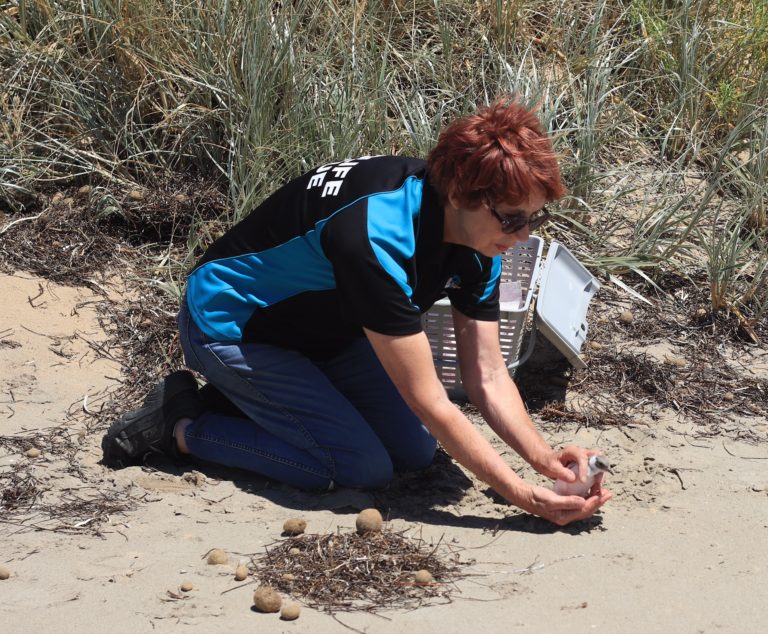
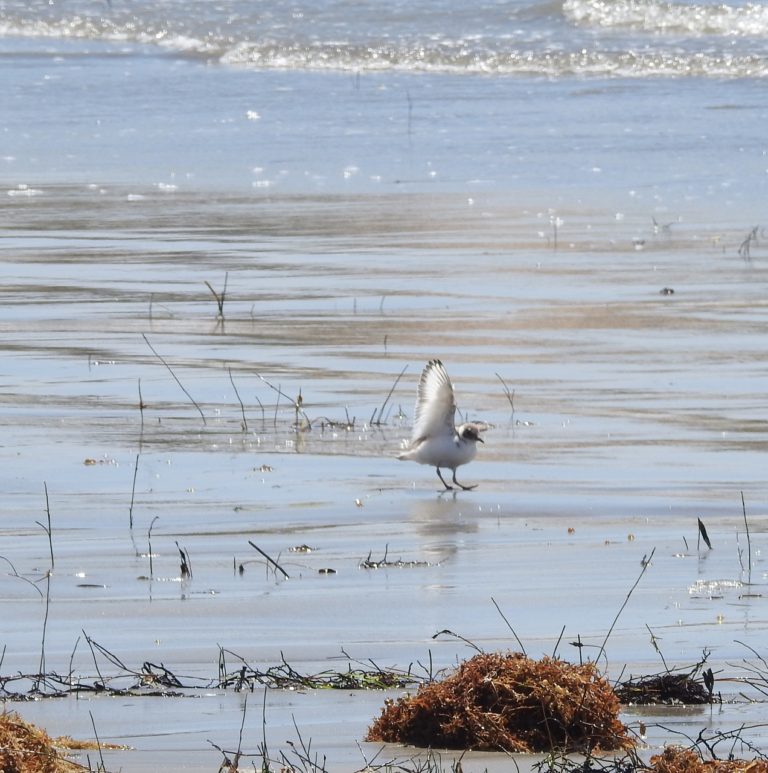
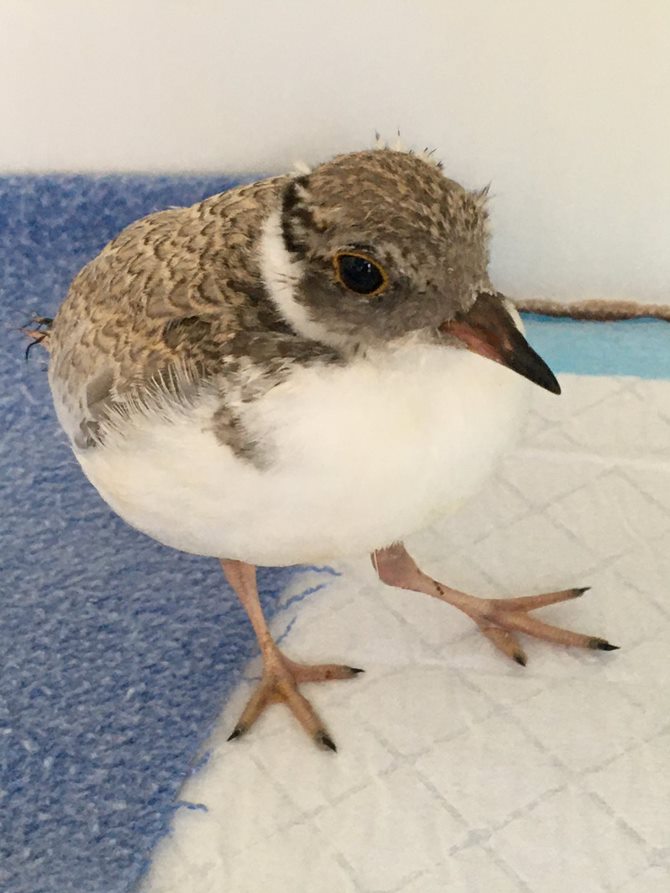
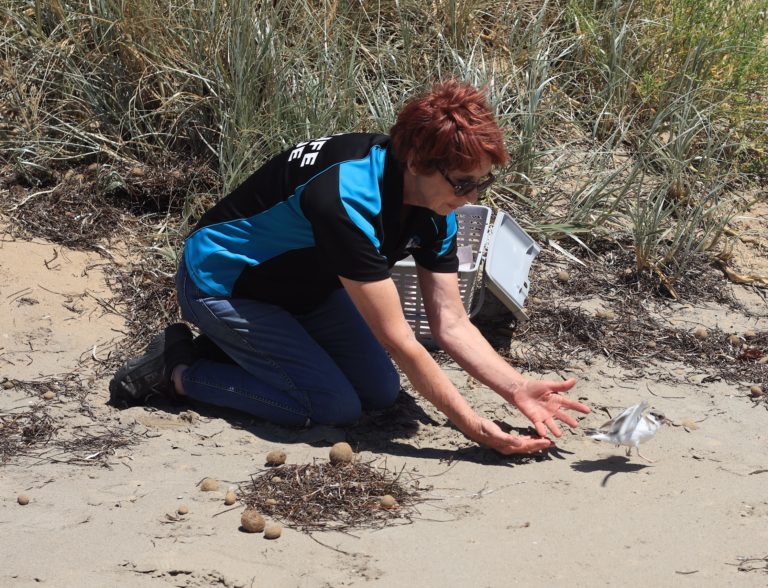
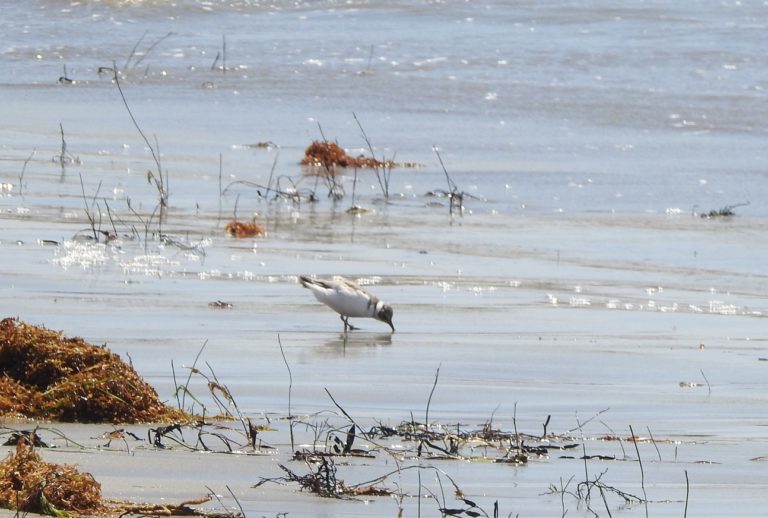
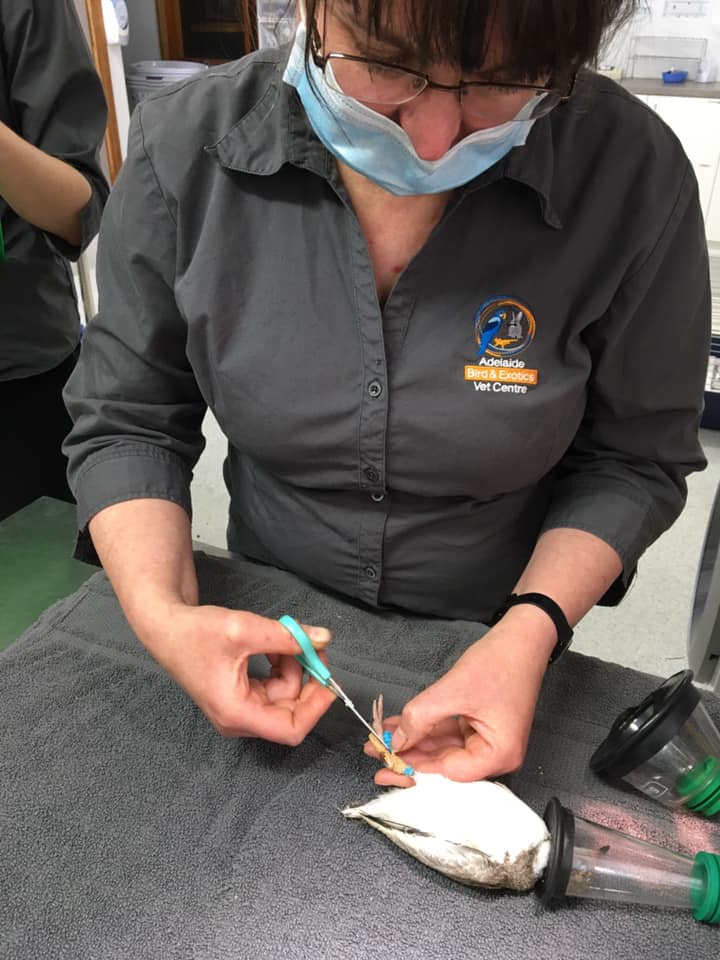
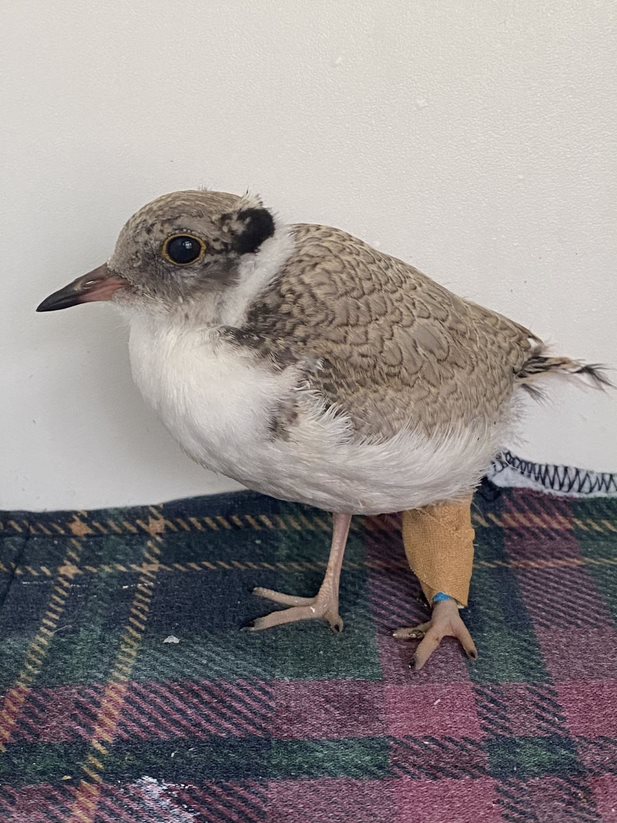
The Hooded Plover (Thinornis rubricollis) is listed as vulnerable in Australia and there are less than 800 individual birds in South Australia. Hooded Plover nests, eggs and chicks are commonly predated upon by other animals, disturbed by beachgoers, their dogs and crushed by 4 wheel drive vehicles. They are closely monitored during breeding season by volunteers on our local beaches to ensure they are protected from such threats until they fledge, approximately 35 days after hatching. These birds have a relatively low success rate and are quite defenceless against anthropomorphic threats and predators.
Percy was released on Wednesday the 9th of December at beach of The Chicken Run in Port Elliot. Initially stretching his wings, Percy walked straight over the water and began feeding as if nothing had ever happened. A report from the following day observed our young Plover flying up and down the beach and even made contact with two other adult Hooded Plovers. WWO are ecstatic to see that Percy is doing well and hope to hear more positive reports about Percy in the future.

